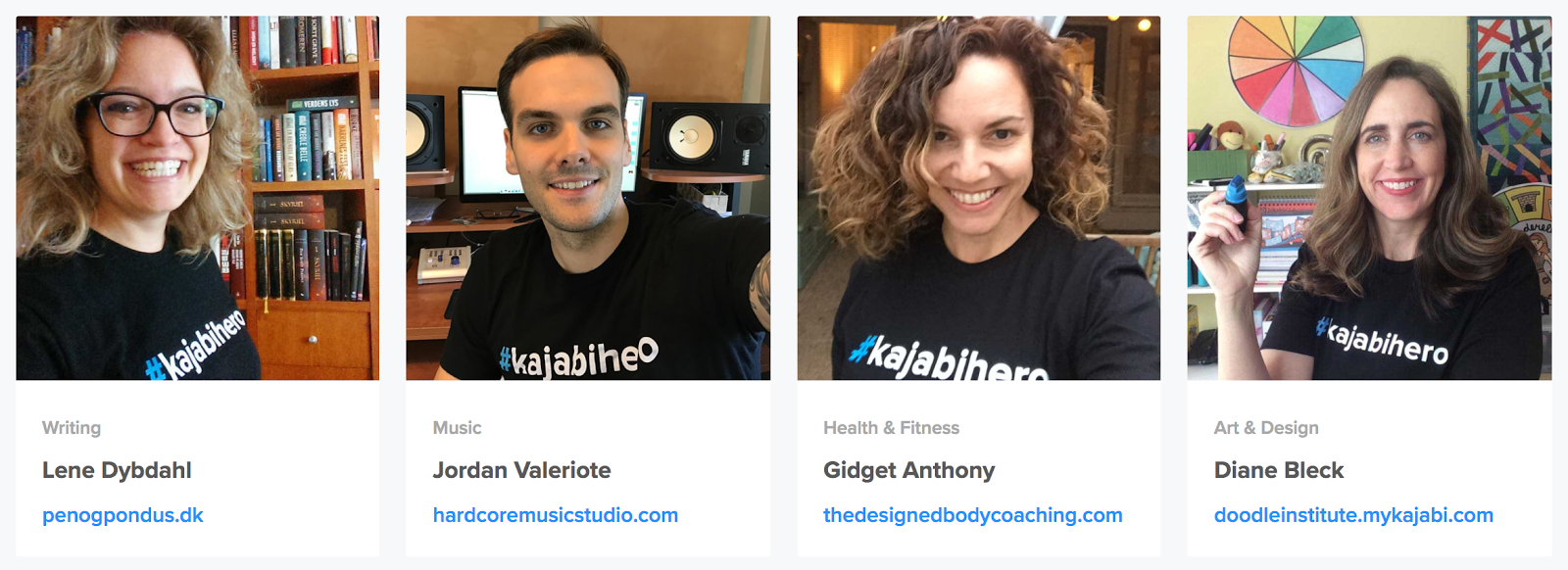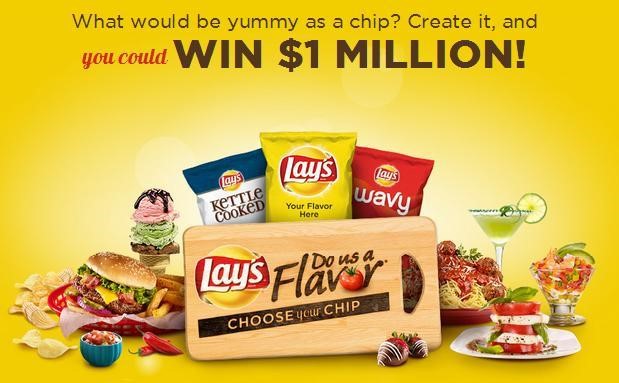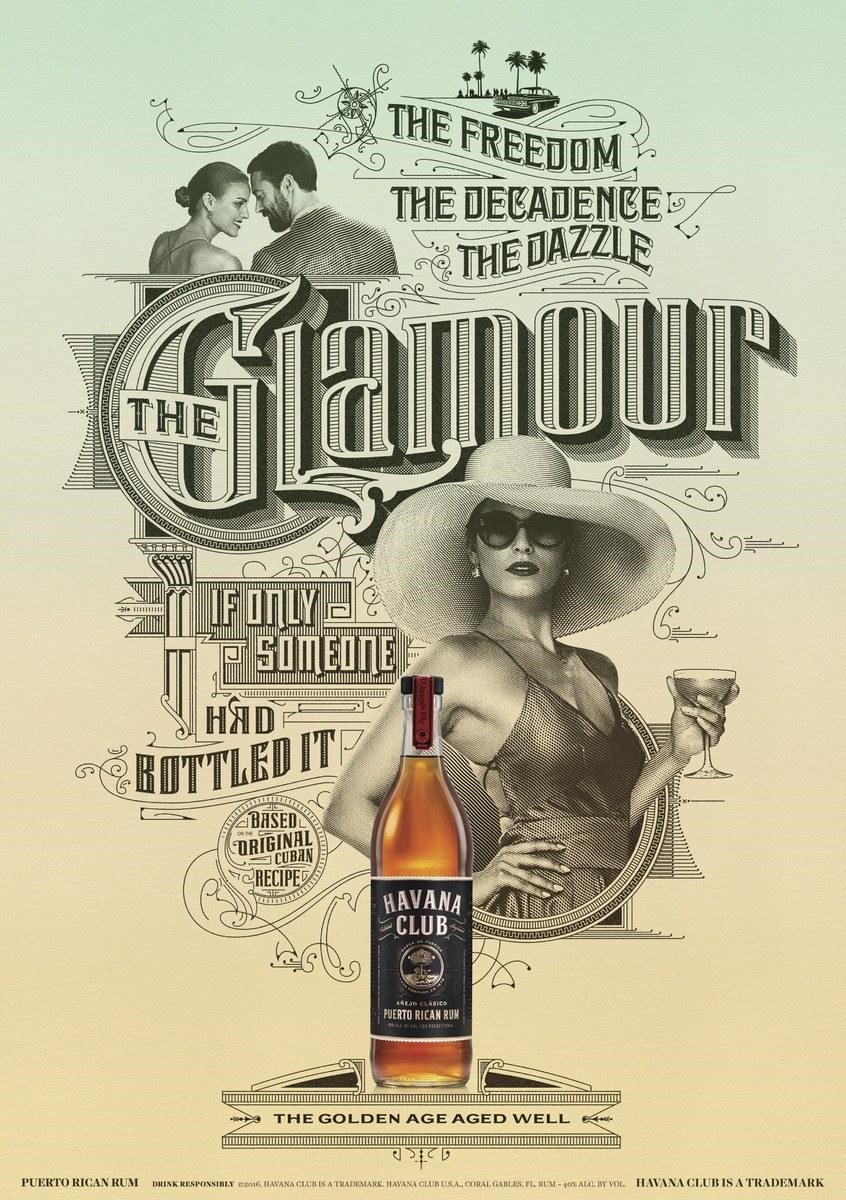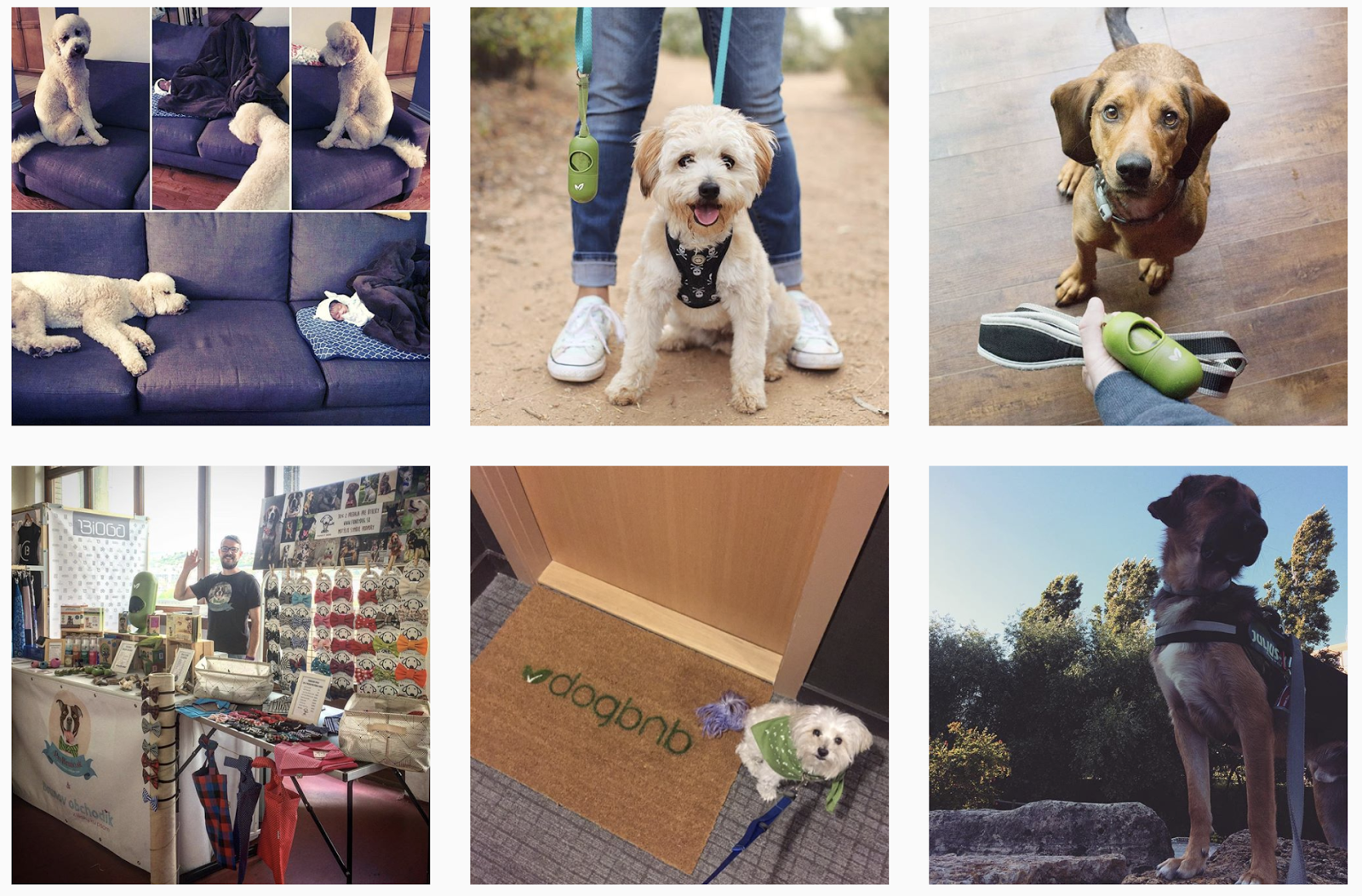You can sing your brand’s praises—a tactic that’s generally called advertising—but it doesn’t play well to today’s (rightfully) cynical phone-tapping fanatics.
No big secret here: in the name of content marketing, brands are increasingly moving to writing, designing, shooting, recording, and publishing helpful content instead. It’s proven helpful to create brand affinity, and sometimes, sales.
Now let’s talk about another approach, but not one you do without the help of customers. It’s commonly called “user generated content.” Done strategically. It builds trust like no other approach. Satisfied (or intensely impressed) customers vouch for your product.
An infographic from Ipsos MediaCT focused on how millennials love user-generated content (UGC). As you see above, it makes the point that peer reviews are highly trustworthy.
It also states:
- 30% of the millennials media time is spent consuming UGC.
- It’s getting much easier for customers to create content.
- UGC is 35% more memorable than other media.
- UGC is 20% more influential on purchase decisions than all other media types.
It works. People trust their peers most. It's that simple. And here’s how you do it.
1. Record your customers
Testimonials are not exactly new, but they’ve persevered for ages across any and all media for good reason. Prospects want to know… How have you used this product or service? What did you accomplish?
Zoom, an online conferencing platform I use and love, offers short video testimonials on its home page drawing viewers into highly compelling stories, such as the one above featuring Phoenix Children’s Hospital.
2. Promote your customers
Customer stories (which may go by their more formal moniker, case studies) can be user-generated. Hi, I’m Diane and I like my software because it saved me time.
Not a bad approach by any stretch of the imagination, especially if they’re authentic. Social media and smartphones make this sort of thing oh-so-easy. But ultimately, these confessions of undying loyalty serve you and you alone.
What if some of those brand-loving volunteers of yours who get wealthier, healthier, happier or somehow better than they were before could be invited to share their stories in a way that serves them? A line could form.
I’ll use a really smart example from Kajabi to clarify. The company, which offers a platform for launching, hosting and selling educational courses, developed an ongoing series of customer stories called the #KajabiHero program.
It’s basic, brilliant and a bona fide revenue generator. You see, those customers above clad in their sharp, black, 100% cotton tees, screen-printed with hashtags hovering above their hearts, don’t just give their testimony.
They’re rewarded with website traffic for playing along. Yep. Look at those links above. They don’t go to Kajabi pages; they go to sites from Lena, Jordan, Gidget and Diane.
Smart stuff, this mutual back-scratching society results in authentic stories, credible content, and new customers.
3. Challenge your customers
Contests work in consumer and B2B marketing. To create them, you need (1) a fun idea, of course, and (2) contestants. Put the two together and you have user-generated content that can benefit both your brand and its fans.
Conceive a prize. It can be cash, merchandise, free service or even just some form of recognition.
Conceive a tactic that produces content, preferably visual content.
Lays dangles a large pile of cash to entice entries for its “Do us a Flavor” contest, which has been going for years now because it produces tremendous social buzz.
Starbucks went with sheer glory as the prize with its White Cup Contest, which inspired customers across the country to doodle on their Starbucks cups and submit photos of them. Nearly 4,000 customers played along and created a “latte” hoopla. The winning entry became a template for a new limited edition Starbucks cup.
Here’s a thing of beauty: an award-winning design from a typography competition conducted annually by Commarts (CA). Their contest page claims, “CA’s Award of Excellence is one of the most-coveted awards in the industry. If chosen, winning places you in the highest ranks of your profession.”
4. Engage your customers
You can engage your customers on an ongoing basis with #hashtag campaigns. This tactic is especially popular on Instagram where hashtagged images from customers essentially serve as word-of-mouth advertising.
While you could offer incentives and go with the contest approach, often the opportunity to be featured on your Instagram account is all it takes.
I love how Earth Rated, makers of biodegradable dog poop bags, perpetually inspire enthusiastic dog lovers who use their product to post hashtagged images.
5. Create customer events
You can create authentic and persuasive content by creating customer events, online and off, and giving the customers starring roles in whatever you create.
I love this idea from John Jantsch of Duct Tape Marketing: the video appreciation party. John writes, “Once a year or so hold a client appreciation event to say thanks and create a networking event for your clients and prospects. Hire a video crew for the event and, after a few bottles of wine have been emptied, ask some of your clients to talk about their experience with your firm on camera. Then also let them record a five minute commercial for their own use too.”
Here are some more ideas for customer events where creating content is among the goals:
- Twitter chats
- Webinars—Invite customers to speak
- Promotions at trade shows
- Meetups or seminars
6. Survey your customers
If there’s a great strategy in this post for killing multiple birds with one stone, this is surely it. Do research with your customers.
First and foremost, you’ll create a form of content that consistently delivers tremendous results for earning links and shares. Research by Buzzsumo identifies five content types that perform best including “content that provides original research and insights.”
Next, obviously, you’ll learn more about your customers’ needs.
And… research as a content type is amazingly repurposable. It can easily be developed as a report, post, microsite, infographic, slide deck, and more.
Just a minute ago, in my inbox was an invitation to attend a “virtual session,” a webinar, I suppose, where brand new research will be revealed. Smart.
Research projects such as this industry report from email service provider Emma is great for all of the reasons described above and, if gated with an opt-in form, provides a strong lead magnet for earning new email subscribers.
7. Collaborate with your customers
We’ll call this final one the “Etcetera File” because, really, you could say every idea I’ve presented thus far is a collaborative effort of sorts. However, the sky’s the limit when it comes to ways to work with customers to create content.
So here are a few more:
- Incorporate product/service reviews in your content.
- Collect idea submissions for just about anything: recipes, tips, hacks, favorites, etc.
- Create a section of your website, of the forum variety, where customers help each other.
- Collect customer questions for FAQs.
- Create roundup posts with contributions from your customers.
- Co-present with a customer.
- Co-develop and co-brand an eBook or infographic.
- Record consultations and offer them as audio and/or video.
It pays to collaborate
Are you asking users to generate content or collaborate with you? It’s time. And with a little thought, the approach can apply to any type of business.
User-generated content offers powerful persuasion because it generally comes from people who love your brand. It expands the reach of your content. And one more thing…
Besides making you money, these approaches will often save you money. A lot of the ideas are easy, fun and inexpensive—or even free.
About Author
Kim Garst
Kim Garst is a renowned marketing strategist and speaker who is trailblazing the use of artificial intelligence in digital marketing. With over 30 years of experience as an online entrepreneur, Kim helps entrepreneurs grow their business and authority online by using AI technology. She is leading the way with proven AI frameworks that help entrepreneurs build authority in their space.
She is keynote speaker and an international best-selling author of Will The Real You Please Stand Up, Show Up, Be Authentic and Prosper in Social Media.
Named by Forbes as a Top 10 Social Media Power Influencer, Kim is well-known for her skill to simplify complex technology and make the use of AI understandable for business growth. Her relatable, actionable advice helps guide new entrepreneurs to harness the power of AI to succeed in digital marketing. Kim is leading the way in combining human and technological skills to create a new model for AI-powered marketing.












2 thoughts on “7 Simple Ways To Leverage User Generated Content”
I read a article under the same title some time ago. but this articles quality is much. much better. How you do this..
Achieving the best benefits from the customers, all the ways you discussed in different tone will obviously be effective. A business will be brilliant if all these tips can be applied. Thanks for your creative idea sharing article.